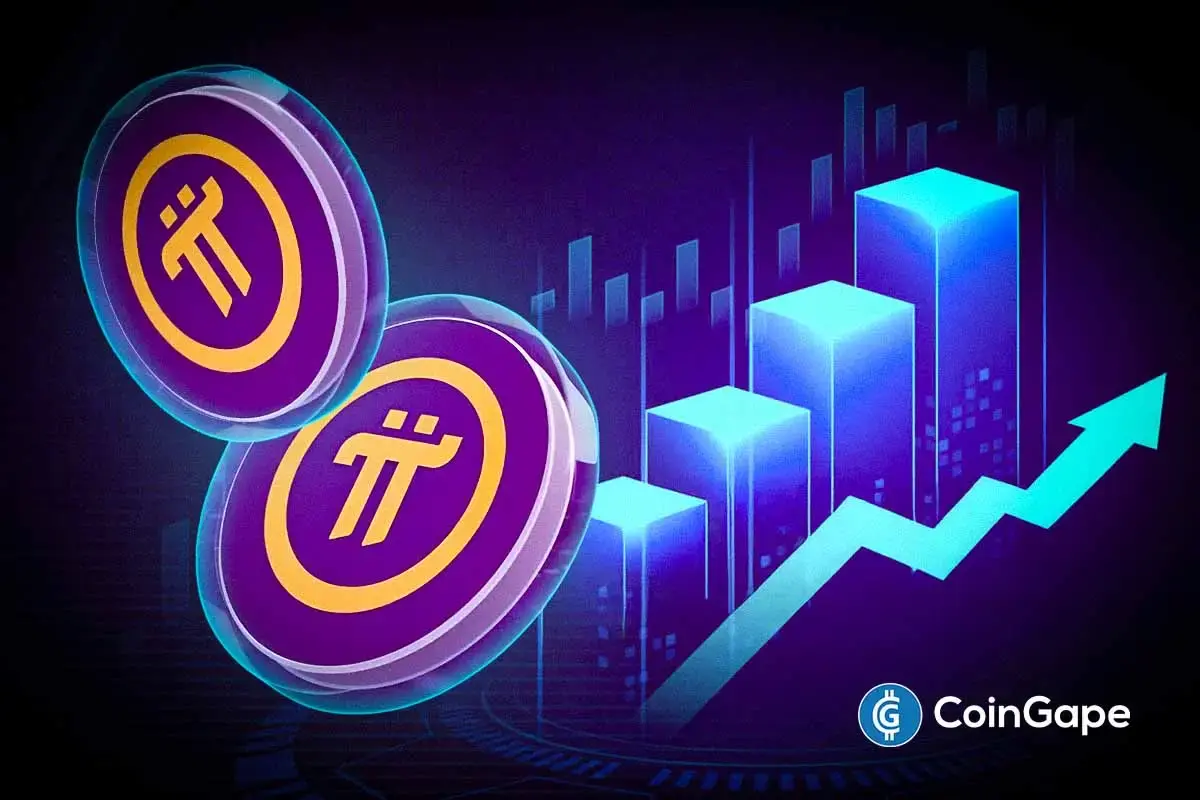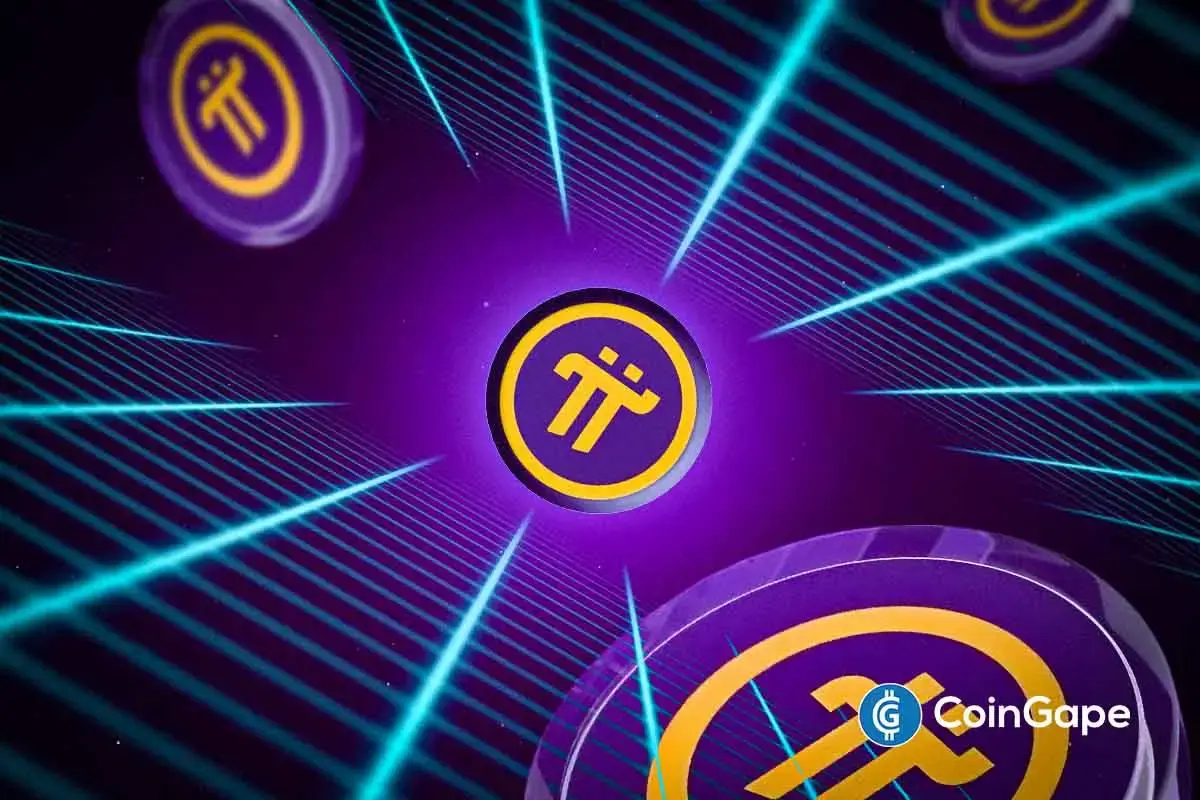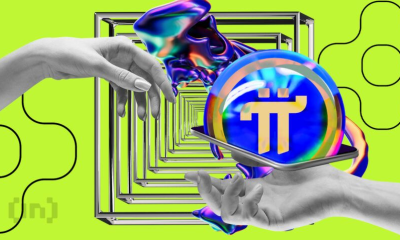Market
How Mask Network is Rethinking Social Media and Privacy


Decentralized social networks remain a hot topic as concerns over data privacy, censorship, and corporate influence continue to escalate. People seek more control over their digital interactions, so the promise of Web3, offering a decentralized, user-controlled alternative, has intrigued both technologists and ordinary users.
BeInCrypto sat down with Suji Yan, the founder of Mask Network, to explore the current state of this narrative and the Mask Network’s role in shaping the future of decentralized social networks.
Mask Network, led by founder Suji Yan, develops blockchain-based tools that allow users to perform cryptocurrency transactions and access decentralized applications directly through social media platforms. Suji Yan, whose background includes roles as an AI engineer and journalist, is driven by a commitment to privacy and free speech. He envisions Mask Network as a cornerstone in creating an independent cyberspace where users govern themselves and interact without traditional corporate oversight. His ambitious goal is to transform social media into a secure, decentralized environment that supports a fully autonomous digital society.
Early Development and the Evolution of Mask Network
Suji begins by tracing the origins of his company to the early ideas sparked by the limitations of traditional finance. «Bitcoin is great… it saves the money, right? Bitcoin is the peer money and digital gold. And Ethereum is the programmable machine, the infinite machine on a smart contract», he articulates.
His vision, however, extends beyond these pioneering technologies towards a grander aim of creating a fully autonomous digital society.
“My bigger dream, my bigger perspective for our industry is that we eventually can become an independent cyberspace”, he explains, envisioning a new kind of governance, society, and communication platform grounded in blockchain technology. “If you want to create a society, you will need your own platforms where people can gather and talk without worrying that one day AWS is going to kill the Facebook server and you will be de-platformized”.
Suji enthusiastically recounts the early days when Mask Network was still taking shape. The team was officially assembled in 2016, with the company forming in 2017 amidst a bull market with its ICO craze. Mask Network, however, was keen on building a sustainable long-term vision. “We did a lot of research. We write a lot of codes. And we built something that people never seen before”, he says, emphasizing the innovative spirit of his team.
Mask Network quickly garnered support from key figures in the blockchain community. Ethereum co-founders Vitalik Buterin and Mihai Aliesie were early users of the Mask extension. This period of subsequent adoption of their technology laid a solid foundation for Mask Network’s ambitions, setting the stage for further development and continued evolution toward a decentralized digital society.
The Long Road to Social Networks Decentralization
Suji recognizes the journey toward decentralizing social networks as a long-term endeavor. Reflecting on discussions in 2018, he noted how major platforms like Facebook initially flirted with decentralization before stepping back. Interestingly, they are revisiting these ideas, paralleling X/Twitter’s intermittent experiments with decentralization strategies, including during Jack Dorsey’s tenure and more recently under Elon Musk’s direction, who has shifted his focus towards integrating AI.
This narrative underlines that developing a comprehensive suite of technologies for decentralized social networks presents significant challenges. Unlike more straightforward financial applications in the blockchain space, such as DeFi or cryptocurrency exchanges, which benefit from clear, measurable success metrics like trading volume or total value locked (TVL), social platforms require nuanced, complex solutions that must evolve to meet the diverse needs of users and the nature of social interaction online. This complexity makes the path to decentralization innovative and fraught with continuous learning and adaptation.
Despite all hurdles, Suji remains optimistic about the future, drawing parallels with the early days of DeFi, which also faced skepticism and slow initial growth. He anticipates a similar trajectory for decentralized social networks, with gradual acceptance leading to more significant breakthroughs.
“Social [networks] is very different… it needs a series of events to make people realize we really need decentralization”, he explains, citing pivotal moments such as the Cambridge Analytica scandal and recent regulatory actions against TikTok. “For DeFi, it took 7 years: from the BitShare story, BitUSD story, and then EOS, then people moved to Ethereum, then the DeFi summer. If history repeats itself, we’ll see decentralized social networks boom in 2028, maybe 2029”.
Suji believes that these foundational shifts in the digital field, catalyzed by major public events, serve as critical moments that will eventually drive widespread adoption. The awareness and understanding of the importance of user control over personal data increase, so will the demand for decentralized solutions.
Strategic Initiatives and the Ecosystem Support
Beyond developing its proprietary technology, Mask Network has played a crucial role in supporting decentralized social networks and infrastructure projects. In 2021, the team initiated the Bonfire Union – the venture arm involved in funding various initiatives, including social platforms, blockchain infrastructure projects, and other innovative technologies that align with the decentralized ethos of Mask Network.
Bonfire Union has invested in a diverse array of projects, including:
- Lens Protocol — a blockchain-based open source social graph created to reshape the future of social media concepts.
- Orbiter Finance — a decentralized cross-rollup bridge for transferring Ethereum native assets.
- Alt Layer — an open and decentralized rollup service provider.
- GoPlus — an open, permissionless, user-driven security service platform.
- Sonorus — a decentralized music voting & rewards protocol.
- Oasys — an eco-friendly blockchain built for the gaming community.
- RSS3 — a decentralized network indexing and structuring open information.
“Bonfire Union’s AUM is over a $100 millions now, but when we launched it, it was just $42 millions”, Suji reflects. “There are many other social things we invest in: decentralized social networks, infrastructure. Financial VC, they don’t see what’s going on. But we’re early and true believers, so we know there are many things that are lacking in this industry”.
Mask also became one of the largest contributors to Mastodon, a decentralized and federated social network, and a key shareholder of Lens Protocol, demonstrating a strategic approach to nurturing the ecosystem’s growth.
The commitment of Mask Network extends beyond financial investments. In December 2023, Mask established a non-profit entity, Mask Network Academy, which provides financial and technological support to the world’s top universities and journalism programs to promote Web3 research and story-telling.
“We actively engage with educational institutions worldwide to foster a deeper understanding of blockchain and decentralized technologies”, Suji explains. “For instance, we’ve partnered with the Hong Kong University of Science and Technology and supported Korea University, focusing on encouraging young students to explore decentralized applications. We find it crucial to support these educational endeavors through donations, such as the one we made to the UOPI Foundation, using cryptocurrency to facilitate these contributions. Our goal is not just to fund, we want to inspire and collaborate with the next generation of innovators who can carry forward the vision of a decentralized future”.
This dedication to education and development highlights Mask Network’s holistic approach to advancing the Web3 ecosystem. By providing both financial backing and hands-on opportunities, they ensure that emerging talents have the resources and knowledge needed to succeed in shaping a more decentralized and transparent digital future.
New Era of Social Interactions
Suji believes it is still too early to fully assess the impact of their efforts, noting that many in the industry still need APIs, infrastructure, or SaaS solutions. In response, Mask Network plans to offer significant support by providing free infrastructure to their ecosystem, which has yet to be publicly announced. This initiative will cover server and gas costs, allowing emerging projects within their network to develop without financial barriers during their first year.
Mask Network’s founder explained that while the company cannot cover excessive costs for projects that secure substantial funding, the team i committed to opening a gateway for those still in the early financial stages. This support includes free SaaS and other resources from Mask Network and its DAO, removing the burden of gas fees and allowing developers to focus on innovation and learning.
In the broader narrative of blockchain and decentralization, under Suji Yan’s leadership, Mask Network aims to be more than just a technology provider. They are deeply involved in crafting a decentralized framework for social interactions, where privacy, security, and user autonomy are paramount. Suji emphasizes the importance of this mission in his own words:
“Our vision at Mask Network is to foster an environment where digital sovereignty is the norm, not the exception. We’re building tools that allow individuals to control their own data, communicate freely without censorship, and transact securely without intermediaries”.
Through ongoing product development, community initiatives, and strategic partnerships, Mask Network is laying the groundwork for what Suji believes will be the next major evolution in how we interact online. Integrating advanced blockchain solutions into everyday social media functionality is paving the way for a future where digital interactions are as secure and private as they are ubiquitous. Suji’s commitment to this vision is clear as he steers Mask Network towards a world where decentralized technologies redefine our digital interactions, making them safe and user-centric.
Disclaimer
In compliance with the Trust Project guidelines, this opinion article presents the author’s perspective and may not necessarily reflect the views of BeInCrypto. BeInCrypto remains committed to transparent reporting and upholding the highest standards of journalism. Readers are advised to verify information independently and consult with a professional before making decisions based on this content. Please note that our Terms and Conditions, Privacy Policy, and Disclaimers have been updated.
Market
Report Alleges Massive Meme Coin Sniping on Pump.fun

According to a new report from Pine Analytics, token deployers on Pump.fun systematically funded sniper wallets to buy their own meme coins. This impacted over 15,000 token launches on the platform.
These sniper wallets operated primarily during US trading hours, executing standardized, profitable strategies. Unrelated bot activity obscures their behavior, making it extremely difficult to isolate these wallets—and they can readily adapt to new countermeasures.
Snipers Roam Free on Pump.fun Meme Coins
Pump.fun has remained one of the most popular meme coin launchpads on Solana despite persistent controversies and other criticism.
However, Pine Analytics’ new report has uncovered a new controversy, discovering systematic market manipulation on the platform. These snipes include as much as 1.75% of all launch activity on Pump.fun.
“Our analysis reveals that this tactic is not rare or fringe — over the past month alone, more than 15,000 SOL in realized profit was extracted through this method, across 15,000+ launches involving 4,600+ sniper wallets and 10,400+ deployers. These wallets demonstrate unusually high success rates (87% of snipes were profitable), clean exits, and structured operational patterns,” it claimed.
Solana meme coin deployers on Pump.fun follow a consistent pattern. They fund one or more sniper wallets and grant them advance notice of upcoming token launches.
Those wallets purchase tokens in the very first block and then liquidate almost immediately—85% within five minutes and 90% in just one or two swap events.

Pump.fun meme coin developers exploit this tactic to create the appearance of immediate demand for their tokens. Retail investors, unaware of the prior sell‑off, often purchase these tokens after the snipe, giving developers an unfair advantage. This constitutes market manipulation and erodes trust in the platform.
Pine Analytics had to carefully calibrate its methods to identify genuine snipers. Apparently, 50% of meme coin launches on Pump.fun involve sniping, but most of this is probably bots using the “spray and pray” method.
However, by filtering out snipers with no direct links to developer wallets, the firm missed projects that covered their tracks through proxies and burners.
In other words, the meme coin community does not have adequate defenses against systematic abuse on Pump.fun. There are a few possible ways that the platform could flag repeat offenders and sketchy projects, but adaptive countermeasures could defeat them. This problem demands persistent and proactive action.
Unfortunately, it may be difficult to enact such policies. Meme coin sniping is so systematic that Pump.fun could only fight it with real commitment.
Analysts think that building an on-chain culture that rewards transparency over extraction is the best long-term solution. A shift like that would be truly seismic, and the meme coin sector might not survive it.
Disclaimer
In adherence to the Trust Project guidelines, BeInCrypto is committed to unbiased, transparent reporting. This news article aims to provide accurate, timely information. However, readers are advised to verify facts independently and consult with a professional before making any decisions based on this content. Please note that our Terms and Conditions, Privacy Policy, and Disclaimers have been updated.
Market
Solana Leads Blockchain Metrics as SOL Momentum Builds

Solana (SOL) continues to show strength across multiple fronts, maintaining a bullish structure on its Ichimoku Cloud chart while gaining momentum in key market metrics. The BBTrend indicator has turned higher again, signaling renewed buying pressure after a brief cooldown.
On-chain activity remains strong, with Solana leading all blockchains in DEX volume and dominating fee generation thanks to the explosive growth of meme coins and launchpad activity. With SOL now trading above a key resistance level, the path is open for further upside—though a loss of momentum could still trigger a retest of lower supports.
Solana Maintains Bullish Structure, but Momentum Faces Key Test
On Solana’s Ichimoku Cloud chart, the price is currently above the Kijun-sen (red base line) but has dipped below the Tenkan-sen (blue conversion line), signaling weakening short-term momentum.
The flattening Tenkan-sen and price behavior suggest possible consolidation or the early stages of a pullback. Still, with the price holding above the Kijun-sen, medium-term support remains intact.
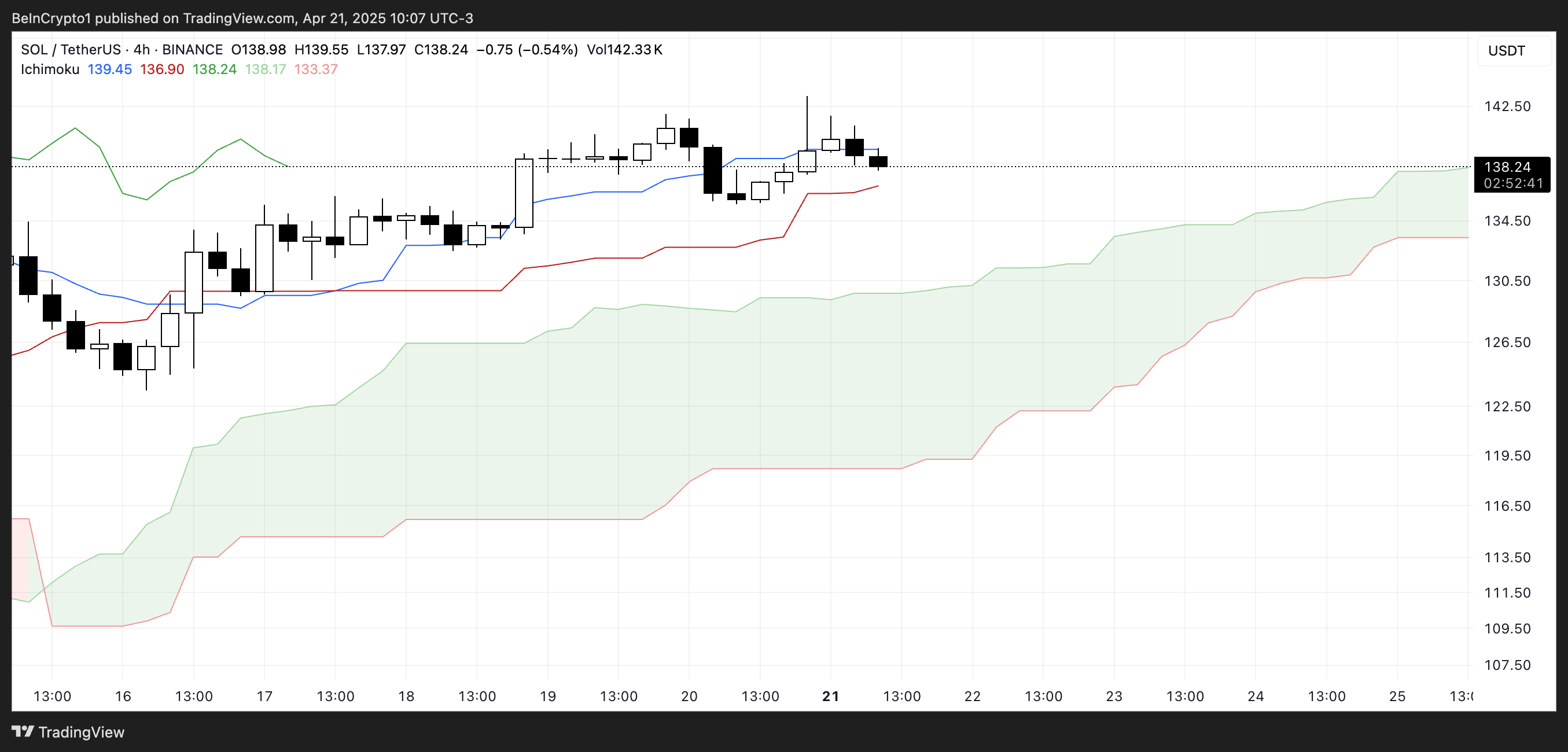
The overall Ichimoku structure remains bullish, with a thick, rising cloud and leading span A well above span B—indicating strong underlying support.
If Solana finds support at the Kijun-sen and climbs back above the Tenkan-sen, the uptrend could regain strength; otherwise, a test of the cloud’s upper boundary may follow.

Meanwhile, Solana’s BBTrend is currently at 6, extending nearly ten days in positive territory after peaking at 17.5 on April 14. The recent increase from 4.26 to 6 suggests renewed bullish momentum following a brief cooldown.
BBTrend, or Bollinger Band Trend, tracks the strength of price movement based on Bollinger Band expansion.
Positive values like the current one point to an active uptrend, and if the BBTrend continues to rise, it could signal stronger momentum and potential for another upward move.
Solana Dominates DEX Volume and Fee Generation as Meme Coins Drive Ecosystem Growth
Solana has once again claimed the top spot among all chains in DEX volume, recording $15.15 billion over the past seven days. The combined total of Ethereum, BNB, Base, and Arbitrum reached $22.7 billion.

In the last 24 hours alone, Solana saw $1.67 billion in volume, largely fueled by its booming meme coin ecosystem and the ongoing launchpad battle between PumpFun and Raydium. Adding to this good momentum, Solana recently surpassed Ethereum in Staking Market Cap.

When it comes to application fees, Solana’s momentum is just as clear. Four of the top ten fee-generating apps over the past week—PumpFun, Jupiter, Jito, and Meteora—are Solana-focused.
Pump leads the pack with nearly $18 million in fees alone.
Solana Breaks Key Resistance as Uptrend Targets Higher Levels, but Risks Remain
Solana has finally broken above its key resistance at $136, flipping it into a new support level that was successfully tested just yesterday.
Its EMA lines remain aligned in a bullish setup, suggesting the uptrend is still intact.
If this momentum continues, SOL price could aim for the next resistance zones at $147 and $152—levels that, if breached, open the door to a potential move toward $179.
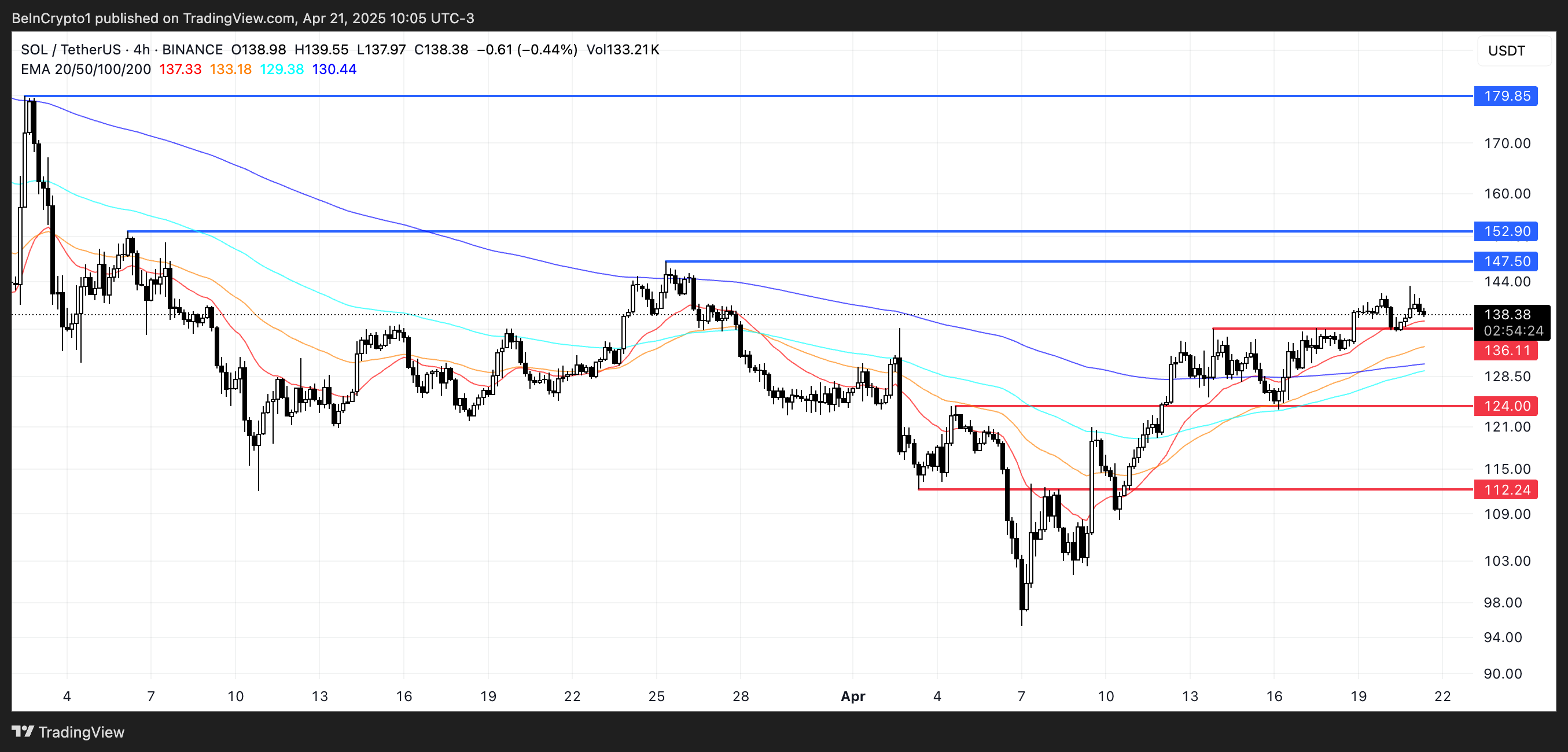
The current structure favors buyers, with higher lows and strong support reinforcing the trend.
However, if momentum fades, a retest of the $136 support is likely.
A breakdown below that level could shift sentiment, exposing Solana to deeper pullbacks toward $124 and even $112.
Disclaimer
In line with the Trust Project guidelines, this price analysis article is for informational purposes only and should not be considered financial or investment advice. BeInCrypto is committed to accurate, unbiased reporting, but market conditions are subject to change without notice. Always conduct your own research and consult with a professional before making any financial decisions. Please note that our Terms and Conditions, Privacy Policy, and Disclaimers have been updated.
Market
Crypto Firms Donated $85 million in Trump’s Inauguration
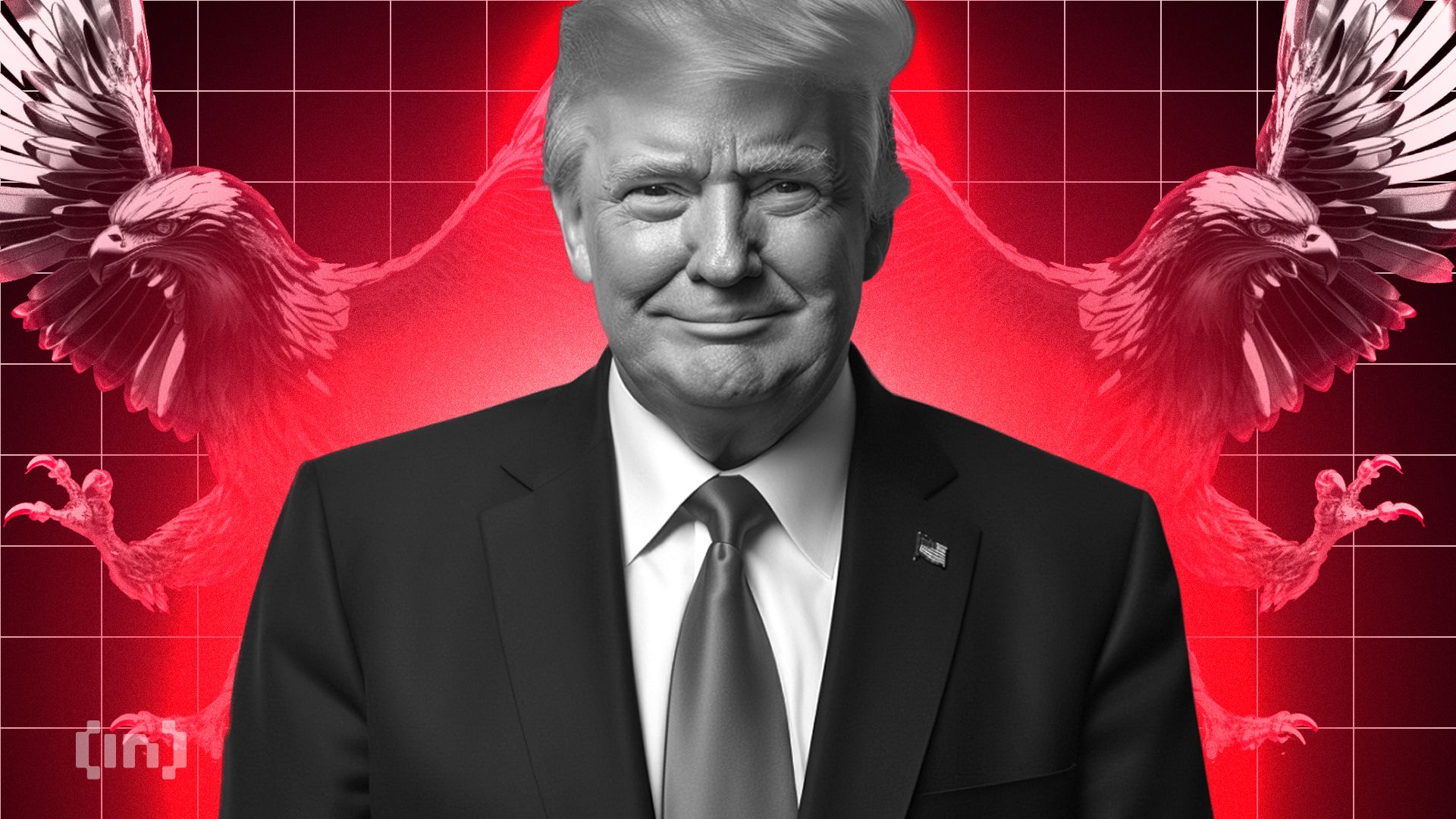
According to a new report, 15 firms and individuals from the crypto industry donated more than $100,000 to President Trump’s Inauguration, totaling over $85 million.
Almost all of these companies apparently received direct or indirect benefits from Trump’s administration. This includes dropped legal proceedings, lucrative business partnerships, participation in Trump’s Crypto Summit, and more.
Crypto Industry Went All-In on Trump’s Inauguration
Since promising to bring friendlier regulations on the campaign trail, Donald Trump attracted a reputation as the Crypto President.
Trump’s Inauguration festivities included a “Crypto Ball,” and several prominent firms made donations for these events. Today, a report has compiled all crypto-related contributions of over $100,000, revealing some interesting facts.

Since taking office, President Trump and his family have been allegedly involved in prominent crypto controversies, and these donations may be linked to several of them.
For example, eight of the donors, Coinbase, Crypto.com, Uniswap, Yuga Labs, Kraken, Ripple, Robinhood, and Consensys, had SEC investigations or lawsuits against them closed since Trump’s term began.
The commission might have dropped its probe against these companies anyway due to its changing stance on crypto enforcement. However, being in the President’s good books likely helped the process.
Further Alleged Benefits for Donors
In other words, nearly half the firms that made donations to Trump’s Inauguration have seen their legal problems cleared up quickly. This isn’t the only regulation-related benefit they allegedly received.
Circle, for example, recently made an IPO after openly stating that Trump’s Presidency made it possible. Galaxy Digital received SEC approval for a major reorganization, a key step for a NASDAQ listing.
Other donors, such as Crypto.com and ONDO, got more direct financial partnerships with businesses associated with the Trump family.
Previously, Ripple’s CEO, Brad Garlinghouse, anticipated a crypto bull market under Trump. Also, XRP, Solana, and Cardano were all unexpectedly included in the US Crypto Reserve announcement.
All three of these companies made major donations to Trump’s Inauguration.
It seems that most of the firms involved got at least some sort of noticeable benefit from these donations. Donors like Multicoin and Paradigm received invitations to Trump’s Crypto Summit, while much more prominent groups like the Ethereum Foundation got snubbed.
Meanwhile, various industry KOLs and community members have already alleged major corruption in Trump’s crypto connections.
While some allegations might lack substantial proof, the crypto space has changed dramatically under the new administration, for both good and bad.
Disclaimer
In adherence to the Trust Project guidelines, BeInCrypto is committed to unbiased, transparent reporting. This news article aims to provide accurate, timely information. However, readers are advised to verify facts independently and consult with a professional before making any decisions based on this content. Please note that our Terms and Conditions, Privacy Policy, and Disclaimers have been updated.
-

 Market24 hours ago
Market24 hours agoEthereum Price Clings to Support—Upside Break Could Trigger Rally
-
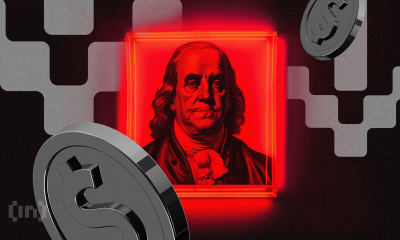
 Bitcoin23 hours ago
Bitcoin23 hours agoDollar Dips While Bitcoin Hits New Heights
-
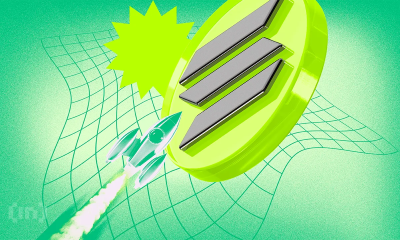
 Market23 hours ago
Market23 hours agoSolana Staking Cap Surpasses Ethereum, But Is This Sustainable?
-
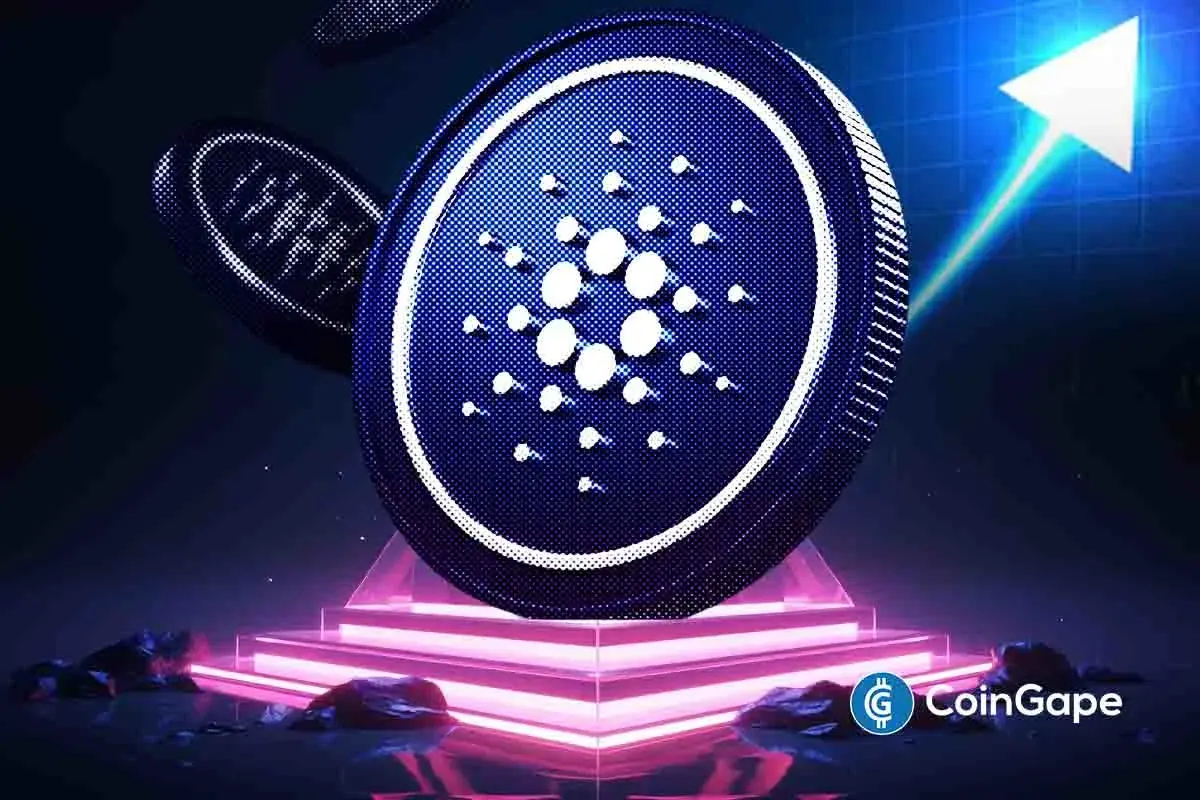
 Altcoin20 hours ago
Altcoin20 hours agoWill Cardano Price Break Out Soon? Triangle Pattern Hints at 27% ADA Surge
-
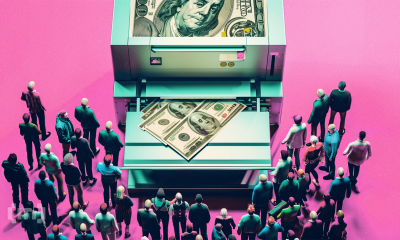
 Market19 hours ago
Market19 hours agoCircle, BitGo, and Others Eye Bank Charters in US
-

 Ethereum16 hours ago
Ethereum16 hours agoEthereum Analyst Sets $3,000 Target As Price Action Signals Momentum – Details
-

 Market16 hours ago
Market16 hours agoHow Will it Impact OM Price?
-

 Market22 hours ago
Market22 hours agoOptimism, Aztec, and Huma Finance


